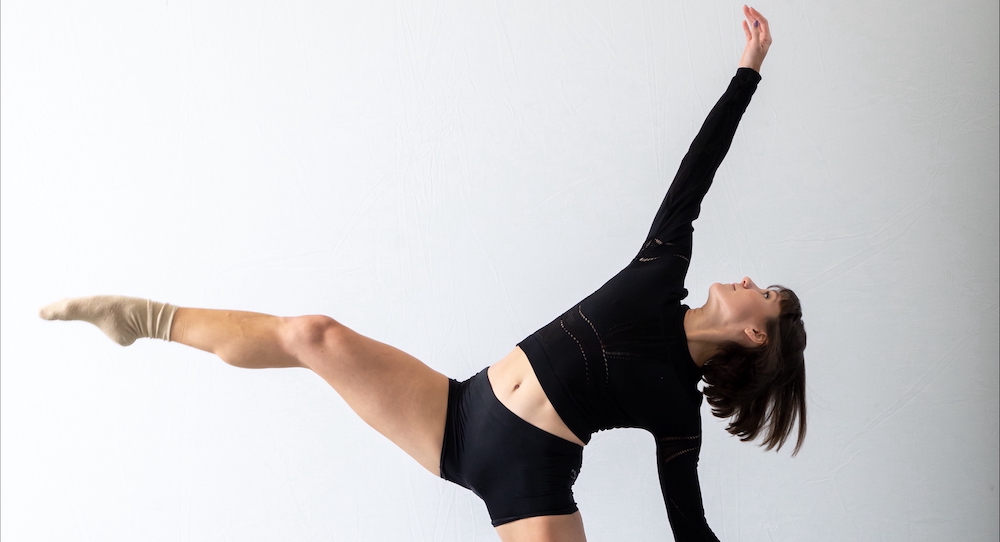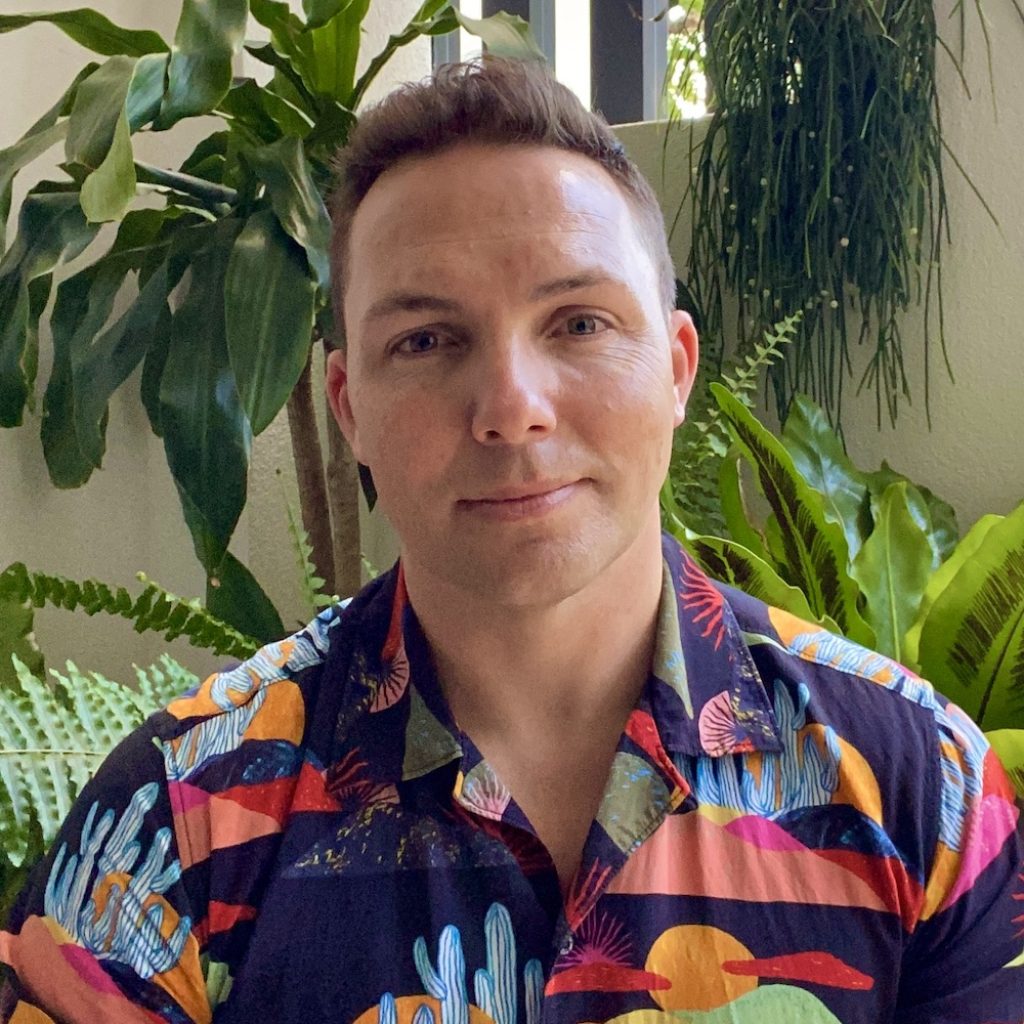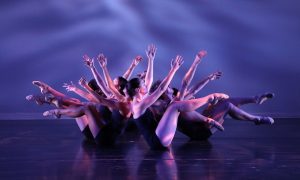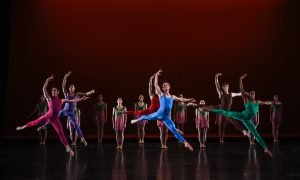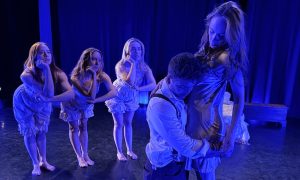“Dancers die twice – once when they leave the stage,” Martha Graham famously said. Yet, a challenge to that sentiment recently came across this writer’s Instagram reels, and truly stuck with her: “no, we live everyday.” An inarguable fact, for every single professional dancer past, present and future: the physical demands of a professional dance career mean that it only lasts so long, notably not as long as most other careers. Yet, life after it in no way has to be meaningless.
More of the simple fact of it: the craft and career are consuming enough that they too often leave dancers without many other marketable skills, sources of human connection and outlets for fulfillment. It can all be a tangled mess of social/emotional difficulty, practical challenge with respect to career transitioning, total realignments of one’s social sphere and more. Yet, there can also be incomparable blessings; one has a chance to rediscover oneself anew in a fresh chapter of life.
To learn more about all of this, Dance Informa speaks with two dancers who’ve taken their final bows in fairly recent memory: Emily Baker, with Newport Contemporary Ballet from 2018 to 2024, and Eugenia Zinovieva, with Ballet RI from 2013 to 2022. To learn more about the hard science of it all, we heard from Dance and Sports Psychologist Tama Barry. In this first part of a two-part series, we’ll focus on the experience of choosing to retire and then retiring.
One note before we do: Barry unfortunately did not end his career “on his own terms” in the same way as Baker and Zinovieva did; he retired due to injury. “Even though I believed I had prepared for life after dance – with plans and alternative ambitions – the emotional reality of leaving was far more difficult than anticipated. It wasn’t just about starting a new career; it was about losing a rhythm of life, a set of relationships and a shared culture that had shaped me since childhood,” he shares.
Case in point: it’s possible to have a mostly fluid transition into post-performance life, but there’s nothing “wrong” with you if that didn’t happen for you. That experience is (sadly) quite common. That said, we’ll leap in to hear about Baker’s and Zinovieva’s experiences with Barry offering his insights along the way.
Baker’s final bow
Reflection in therapy helped Baker see that after 16 years of performing professionally, it was time. Considering the roles that she had been able to dance, she felt fulfilled performance career-wise. Yet, she also thought she’d round it out with one more year. She took her time with a big decision like this, and didn’t announce anything or notify her Artistic Director right away. “It’s wise to sit on it a bit,” she advises.
Barry highly recommends working with a therapist, just as Baker did – “ideally one who understands transition, identity or performance-based careers…not necessarily as a response to mental health concerns, but as a proactive, strengths-based way to build a meaningful life after dance.”
That year indeed granted Baker such time to mentally prepare, to adjust to the fact that being a professional dancer wouldn’t be her “identity anymore” — no small thing, given that she wanted to do just that since she was eight years old. Some may advocate using such time to also establish a firm plan for post-performance life, but Baker cautions against getting too caught up in that.
“As long as you have a financial cushion, you have time to figure it out,” she holds. Barry also notes the importance of a financial plan, as much as possible considering the fiscal restraints that dancers face; financial flexibility offers choice and time as things come together.
What she did do, however, was leverage existing work (apart from performing) and the associated capacities to set up post-performance jobs – leading to what she’s now doing with social media and marketing, in addition to teaching, choreographing and rehearsal directing. “It works out well because my marketing work allows me more flexibility to do things like teach,” she notes. A key question to help set up that sort of fluid work package, she believes: “what are your transferable skills?”
Zinovieva’s exit from the stage
For Zinovevia, COVID lockdowns – and the resulting time out of the studio – were a key catalyst for her retirement decision. “There was a lot of re-evaluating of ‘who am I without dance?’” she recounts. Thinking on a path for herself beyond the stage, she even took some non-profit management courses.
Then the studios opened back up, rehearsals were back on – yet, after lockdowns, Zinovieva felt like she “had a better balance and awareness that I don’t only exist to dance.” That time was also quite unpredictable, with performances being on, off, inside, outside, changing venues and COVID protocols: all over the place. “Everyone was doing their best with a really tough situation, but it just felt so unstable” – instability that concerned her with respect to her own future.
She spoke with people in her orbit about these concerns, and even started applying to schools to have options. Yet, the final decision really just sort of came to her one day. “I’ve had dancers ask me, ‘How do you know when it’s time?’ I’ve said that it will just come to you one day, when you do just know – when you have two feet out the door. Don’t have one foot in it and the other out; be 100 percent in it when you’re in it. But the day will come when you have two feet out of the door and you’re ready.”
Such a clear, evocative image could help settle the emotional turbulence at hand; the transition can be quite a “complex and emotional one,” Barry believes. Dance is “more than just a job; it’s an identity, a way of being in the world and a deeply embedded community.”
Zinovieva was lucky to have her training as supplemental to traditional schooling, but overall the field has a long way to go with dancers over-identifying, she argues. “It’s hard for that not to happen when ballet asks everything of you,” she notes. Indeed, dancers tend to be time-poor and quite mobile, Barry reminds us – also making it challenging for dancers to build community outside of dance; “the social world of dance becomes your primary (and often exclusive) community.”
Setting up your pastimes and communities
To work against such over-identification and insularity, Zinovieva recommends finding your other interests and – as challenging as it can be – balance with those and your dance life. Barry also advocates for that approach, particularly with respect to finding communities and strengthening ways of relating apart from those with which dancers are familiar.
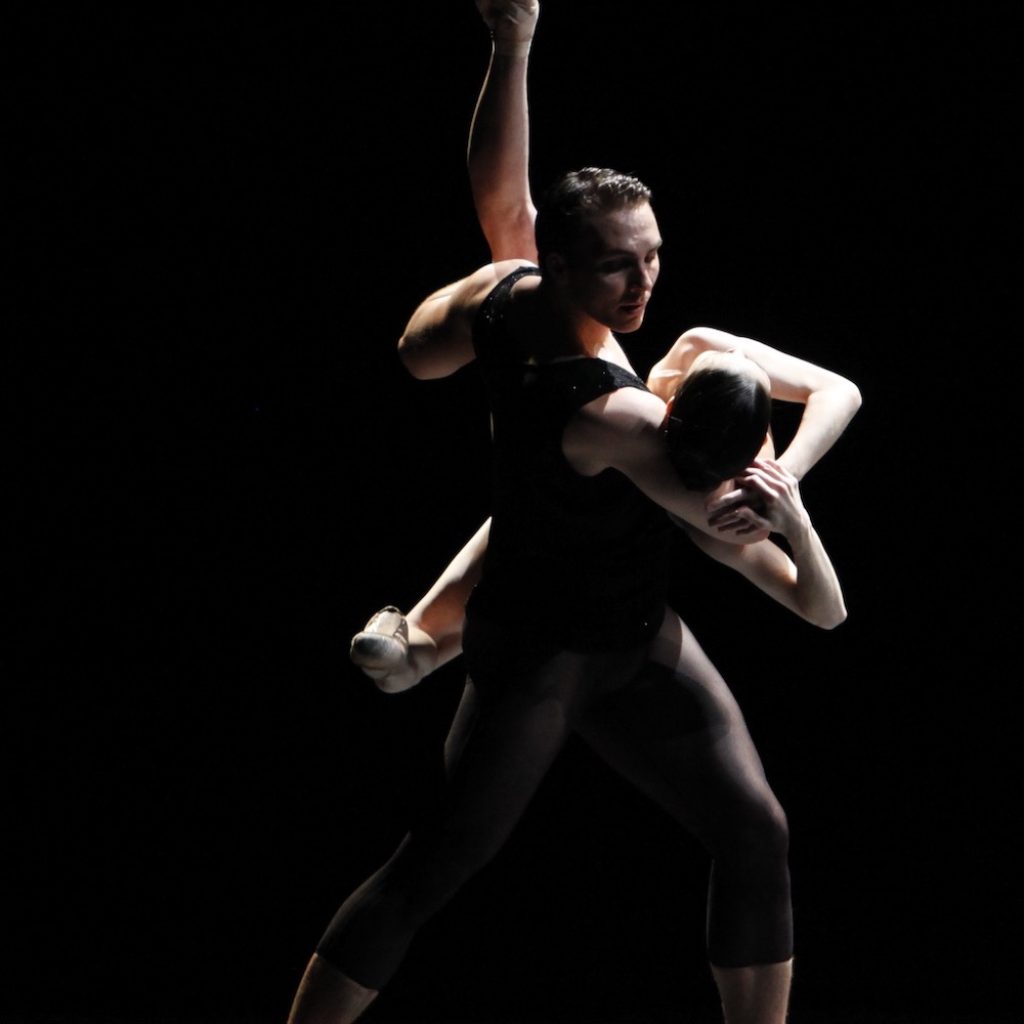
“Dancers often skip small talk. The world is small, intimate and layered with shared understanding. That kind of instant intimacy is rare outside dance,” Barry explains. It can be challenging, but fully feasible with time and intention, for dancers to get better at relating with “non-dancers”.
Baker has thankfully found all that, engaging outside of dance and dancers – for one, through her love of reading; she even started a book podcast with a reader friend. This is, in a sense, what Barry calls “community planning”. “Who will be your people after you leave the stage?”
He suggests starting with creative fields adjacent to dance, but then potentially moving into totally unrelated areas “where dancers can begin learning new social languages and experiment with different ways of being.” All of that can help keep loneliness at bay, which Barry notes – and as research clearly demonstrates – can seriously degrade overall well-being.
None of that is to say that there’s anything wrong with who dancers already are. “Dancers also need to recognize their own self-worth more!” Zinovieva firmly asserts. “This graveling and feeling desperate for roles, basing your success on that…when you do that, it’s not good for your dancing either. A pleasant part of the ‘real world’ is that you don’t have to deal with that.”
In a following piece, we’ll look at the social and emotional dynamics of life after leaving the stage – and blessings of that time just like that one. Stay tuned, and dance on!
By Kathryn Boland of Dance Informa.


